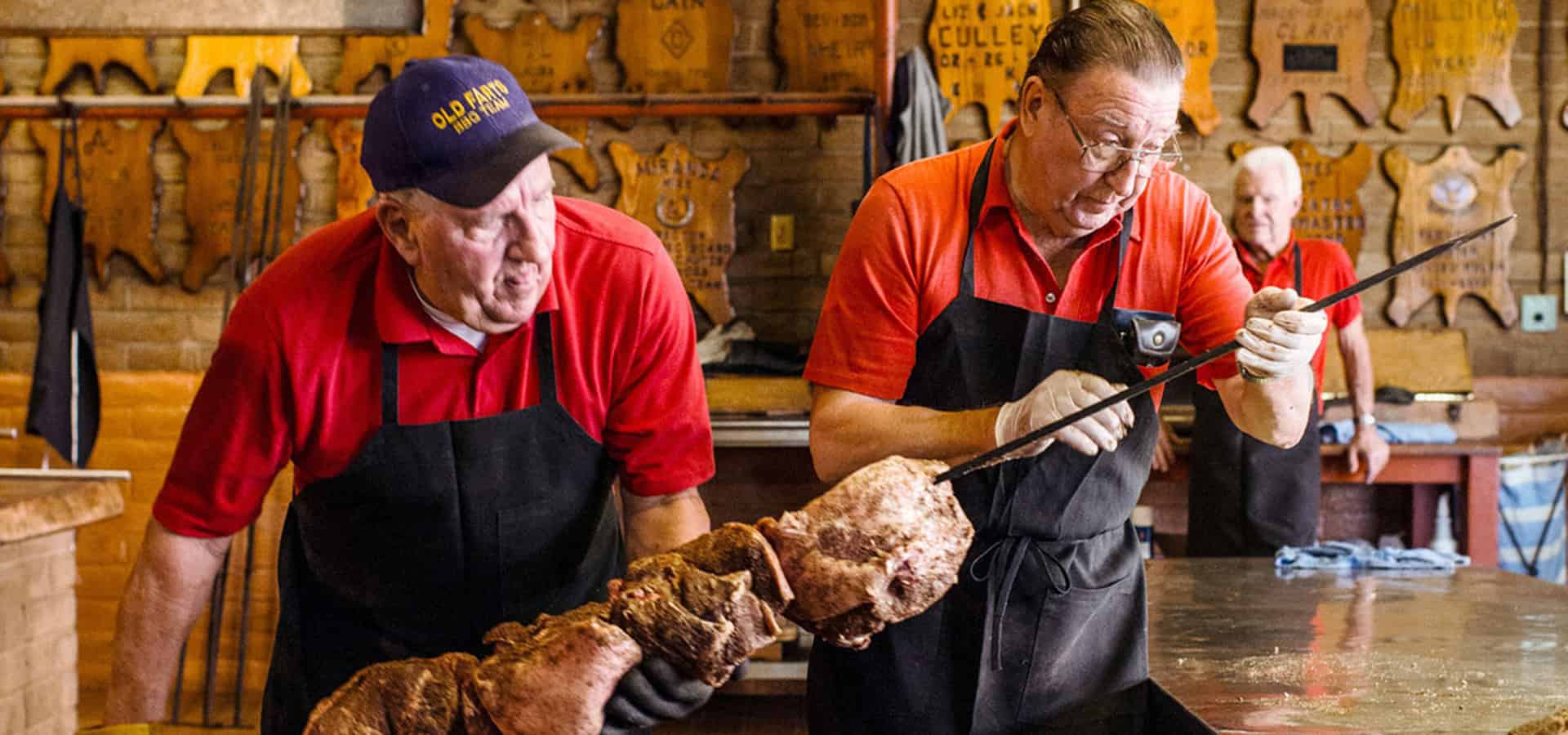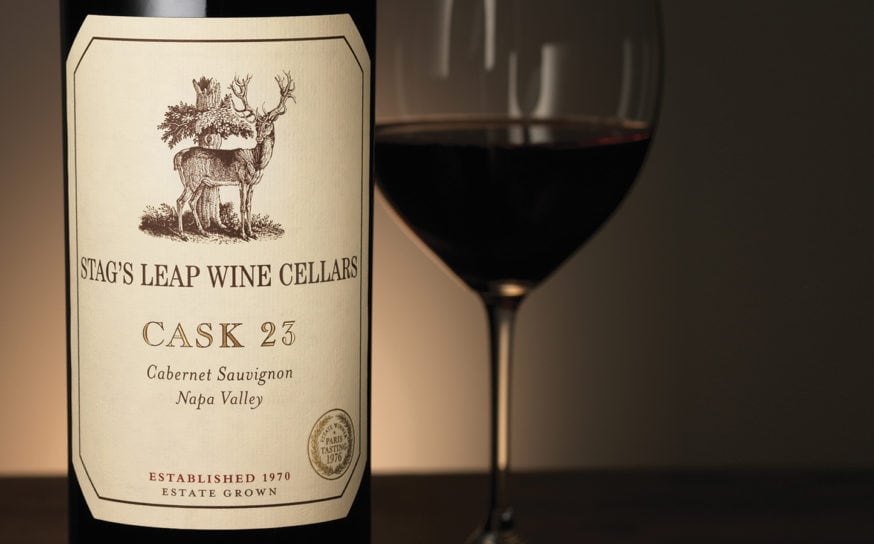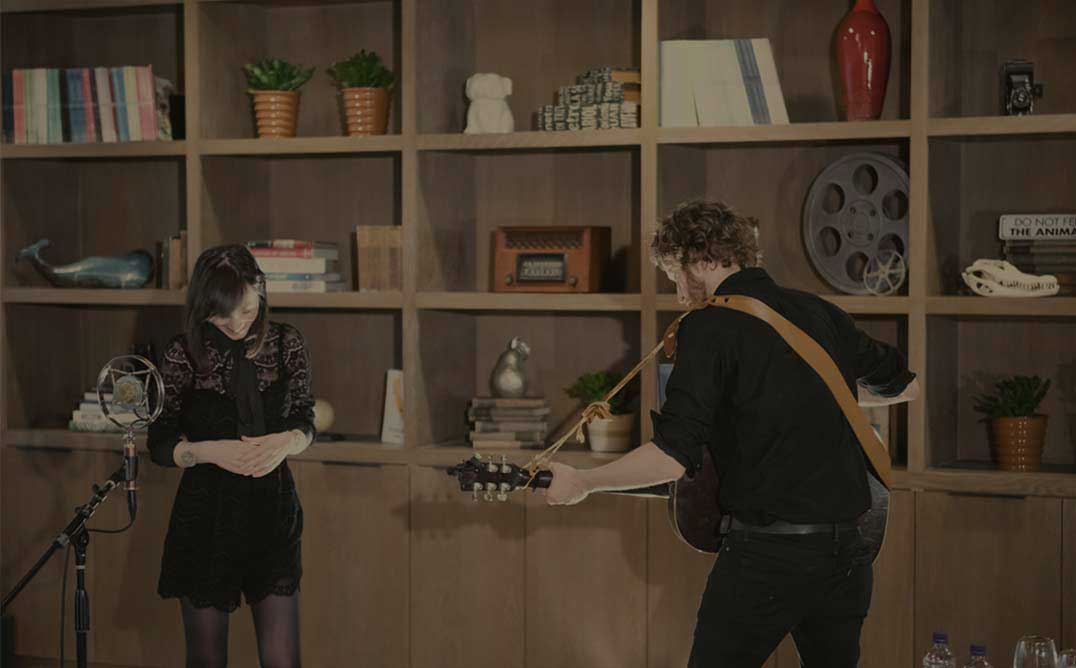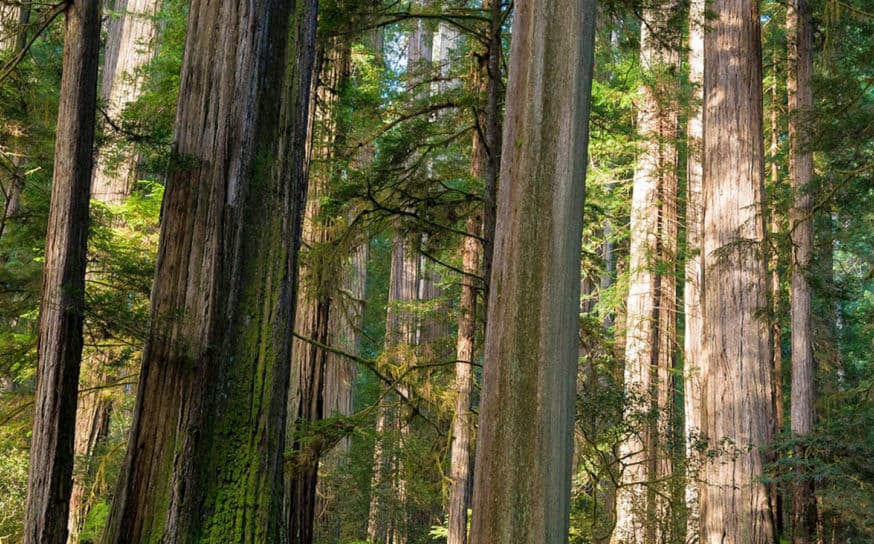
You Haven’t Had Barbecue Until You’ve Tried It Santa Maria Style
The city’s unique preparation and flavors date back to the 1800s.
-
CategoryFarm + Table, Foodie Spots
If you’re lucky enough to live near the Santa Maria Elks Lodge, then chances are you’ve experienced the spicy-sweet smell of barbecue in the air. The central coast community has a long tradition of pit barbecue gatherings, dating back for at least 150 years. At the lodge dining hall, hundreds will gather to feast on Santa Maria-style barbecue, seasoned with only a dry rub of salt, pepper and garlic salt, and usually eaten with tiny, plump local beans called pinquitos.
According to Sunset, “records from the days of the ranchos, the giant cattle ranches that covered this territory when it was Mexico, describe almost bacchanalian scenes of whole bulls’ heads and other beef cuts roasted in pits dug in the ground. Tortillas, salsa, and beans were served along with a slew of other sides. These were all-day celebrations—for vaqueros relaxing at the end of a cattle roundup, or guests from the city invited for a ranch adventure. By the early 1900s, a less daunting cooking style had emerged—asado, which involved skewering hunks of beef on green willow rods and setting them across a pit of burning red oak. Remarkably, that’s still pretty much how people here do it: over a fire of California coastal red oak, which grows thickly along the Central Coast; and on a grill that raises and lowers the meat to the flame—asado, but improved.”
Read more about this delicious Santa Maria tradition here.
It’s One of California’s Most Famous Homes, and Its Story May Surprise You
Celebrating 110 years of the Gamble House in Pasadena.



















